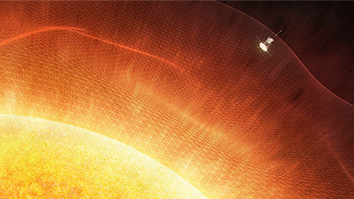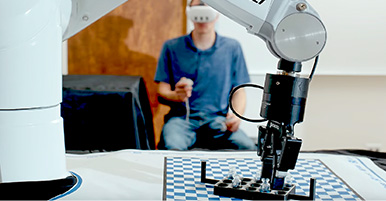Citation
Lipson, A. G., Roussetski, A. S., Tanzella, F., Saunin, E. I., & McKubre, M. Evidence for Fast Neutron Emission During SRI’s SPAWAR/Galileo-Type Electrolysis Experiments# 7 and# 5, Based on CR-39 Track Detector Record.
Abstract
We have reported the detailed analysis of the CR-39 detector (Landauer) from SRI’s #BE013-7 (#7) Pd deposition experiment where the detector was separated from the cathode wire by a 6 μm Mylar® film during. The Mylar® protected the CR-39 surface from chemical, mechanical, and electrostatic (spark discharge) damage during electrolysis. We compared those results with that of the background detector (placed 2 m from the electrolytic cell) and with the blank CR-39 detector, installed as in #7, in an identically operated cell using light water. We also calibrated our CR-39 detectors using the proton recoil tracks from a Cf-252 neutron source and compared them with the foreground tracks. The readings were performed manually using the “PAVICOM” track reading facility in the Lebedev Physics Institute, Russian Academy of Sciences, Moscow, Russia. All detectors were cut from the same sheet. We analyzed a 1.0 cm2 area on both the front (facing the cathode) and rear face on all detectors. The area read on the Foreground #7, Background and Blank #16 detectors was S= on each side. The blank detector contained a total of 11 tracks cm-2 in the diameters of interest (4.0< d< 8.0 μm, t = 7 hr etch), similar to that found on the Background and unexposed detectors. Hence, we conclude that the blank detector has been neither exposed to neutrons in electrolytic H2O cell nor irradiated by neutrons in airport security facilities. The entire data set obtained from the analysis of the #7 detector set, including 1) measurements at three removed depths (8.7, 18 and 27 μm), 2) comparison of track densities and diameters from D2O, H2O, and blank experiments, and 3) neutron rate and energy calibrations using Cf-252, present preliminary evidence for fast neutron emission (En ~ 2.2 – 2.5 MeV, In ~ 1-3 n/s). The Foreground (#5, D2O) CR-39 and corresponding Blank (#15, H2O) detectors had a 60 μm polyethylene film adhered to both faces while immersed in the electrolyte and in contact with the cathode during electrolysis. Although it was necessary to etch the front face of detector #5 to > 25 μm due to chemical, mechanical and electrical discharge damage, the rear face showed proton recoil tracks similar to those found on both faces of the detector #7 (with a track density 50 -70% of that of #7). We conclude that detector #5 showing traces of weak neutron emission from the cathode during electrolysis, even though there was some nonnuclear induced attack on its front face. In sum, our CR-39 results present evidence for fast neutron emission (En ~ 2.0-2.5 MeV) during SRI’s SPAWAR-type PdDx electrolytic co-deposition experiment. Additional high efficiency neutron measurements with other types of detectors would be desirable is necessary for independent confirmation.


